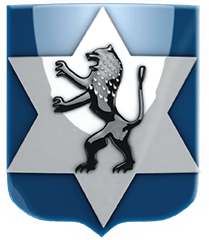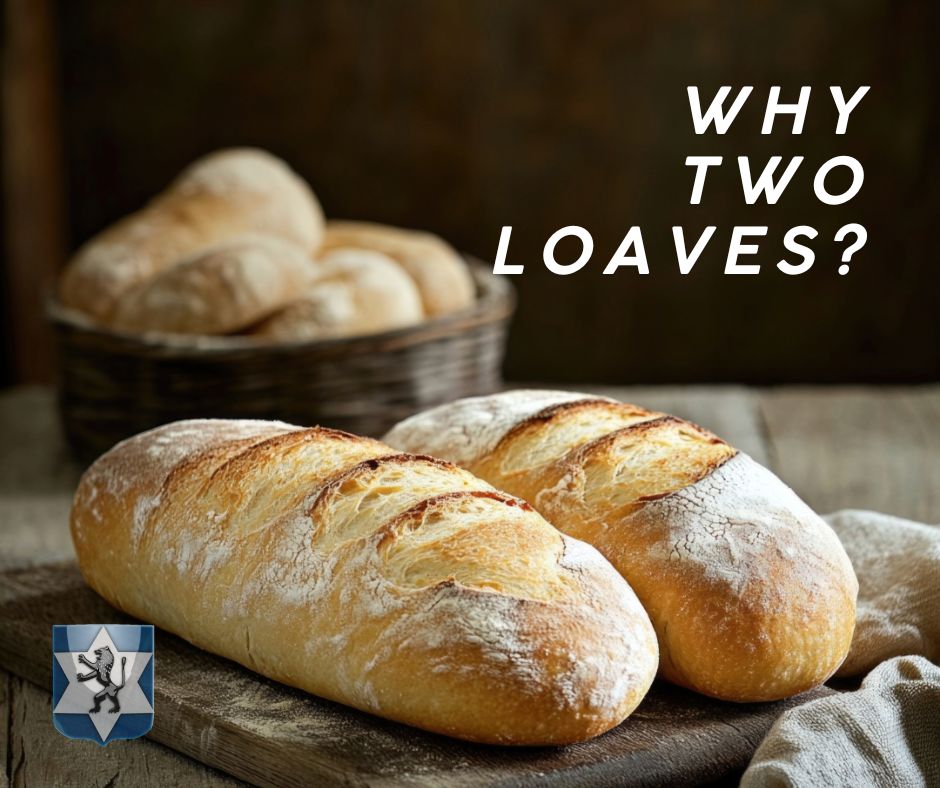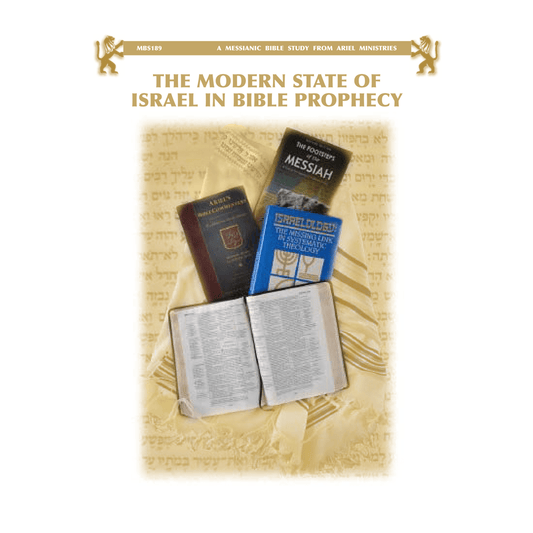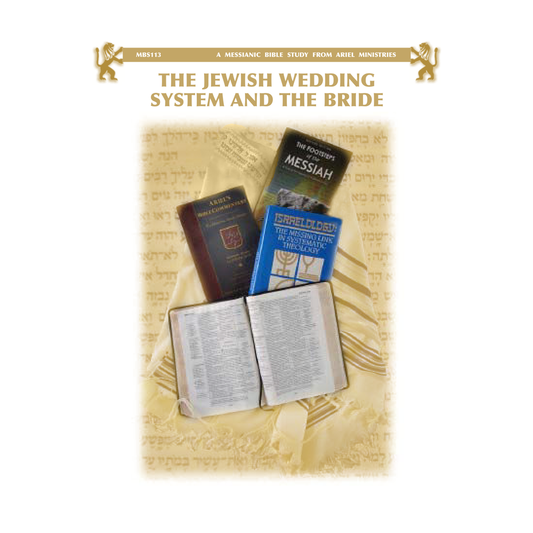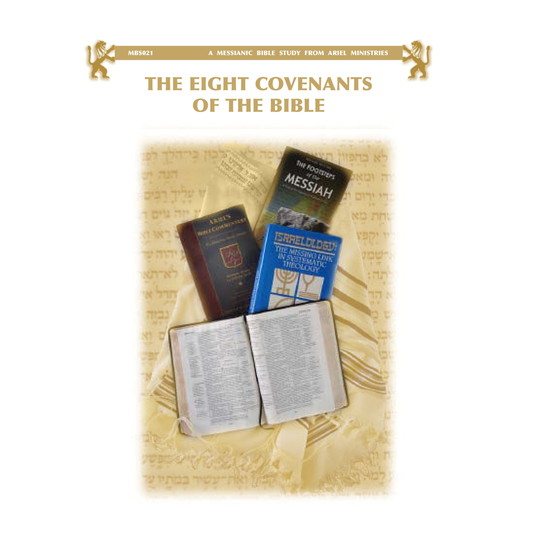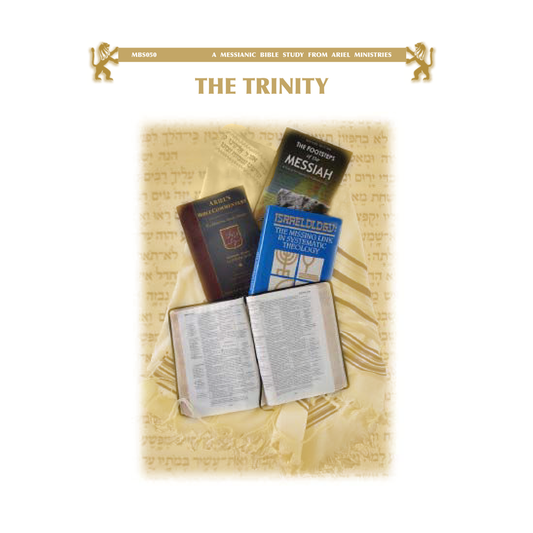In Leviticus 23:15-21 in the Feast of Weeks (Shavuot) or Pentecost, it was pointed out that two loaves were to be offered on a single sheet. The Feast of Pentecost was fulfilled by the birthday of the Church, which is composed of both Jewish and Gentile believers united into one Body. One loaf represents the Jews, one loaf represents the Gentiles, and the single sheet represents the fact that Jewish and Gentile believers are united into one Body.
This is brought out clearly by Paul in Ephesians 2:11–16: Wherefore remember, that once ye, the Gentiles in the flesh, who are called Uncircumcision by that which is called Circumcision, in the flesh, made by hands; that ye were at that time separate from Christ, alienated from the commonwealth of Israel, and strangers from the covenants of the promise, having no hope and without God in the world. But now in Christ Jesus ye that once were far off are made nigh in the blood of Christ. For he is our peace, who made both one, and broke down the middle wall of partition, having abolished in the flesh the enmity, even the law of commandments contained in ordinances; that he might create in himself of the two one new man, so making peace; and might reconcile them both in one body unto God through the cross, having slain the enmity thereby.
This is stated again in Ephesians 3:5–6: which in other generations was not made known unto the sons of men, as it has now been revealed unto his holy apostles and prophets in the Spirit; to wit, that the Gentiles are fellow-heirs, and fellow-members of the body, and fellow-partakers of the promise in Christ Jesus through the gospel.
Thus the two loaves on the single sheet are fulfilled by the fact that there are Jewish and Gentile believers who have been united into one Body.
Another thing learned from the Old Testament observance of this feast is that these loaves were to be leavened (Lev. 23:17). Leaven, when used symbolically in Scripture, is a symbol of sin. It is Jewish and Gentile sinners who are saved by grace through faith and are brought into this one Body, the Church.
Furthermore, these loaves were to be made of wheat. Wheat and harvest are common symbols of evangelism and salvation in the Gospels. In Matthew 3:11–12, the concepts of wheat and harvest are also connected with the baptism of the Holy Spirit, which began on the Feast of Pentecost, thereby bringing the Church into existence: I indeed baptize you in water unto repentance: but he that comes after me is mightier than I, whose shoes I am not worthy to bear: he shall baptize you in the Holy Spirit and in fire: whose fan is in his hand, and he will thoroughly cleanse his threshing-floor; and he will gather his wheat into the garner, but the chaff he will burn up with unquenchable fire.
These symbols of wheat, evangelism, and salvation are found again in Matthew 13:24–30: Another parable set he before them, saying, The kingdom of heaven is like unto a man that sowed good seed in his field: but while men slept, his enemy came and sowed tares also among the wheat, and went away. But when the blade sprang up and brought forth fruit, then appeared the tares also. And the servants of the householder came and said unto him, Sir, did you not sow good seed in your field? whence then has it tares? And he said unto them, An enemy has done this. And the servants say unto him, Will you then that we go and gather them up? But he said, Nay; lest haply while ye gather up the tares, ye root up the wheat with them. Let both grow together until the harvest: and in the time of the harvest I will say to the reapers, Gather up first the tares, and bind them in bundles to burn them; but gather the wheat into my barn.
This parable is an elaboration of the Matthew 3:11–12 passage. Here, wheat and harvest are again used as a symbol of evangelism and salvation that results in being unified into the Body of the Messiah, born on the Feast of Pentecost.
Another example where this same type of figure is used is John 4:35–38: Say not ye, There are yet four months, and then comes the harvest? behold, I say unto you, Lift up your eyes, and look on the fields, that they are white already unto harvest. He that reaps receives wages, and gathers fruit unto life eternal; that he that sows and he that reaps may rejoice together. For herein is the saying true, One sows, and another reaps. I sent you to reap that whereon ye have not labored: others have labored, and ye are entered into their labor.
Here again, wheat and harvest are used as a picture of evangelism and salvation. By means of evangelism, people come to a saving knowledge of Jesus and, when they exercise faith, they are baptized by the Holy Spirit into the Body of the Messiah.
Extract from MBS117 The Feast of Shavuot (Weeks or Pentecost) pg 14 by Dr Arnold Fruchtenbaum, Ariel Ministries
